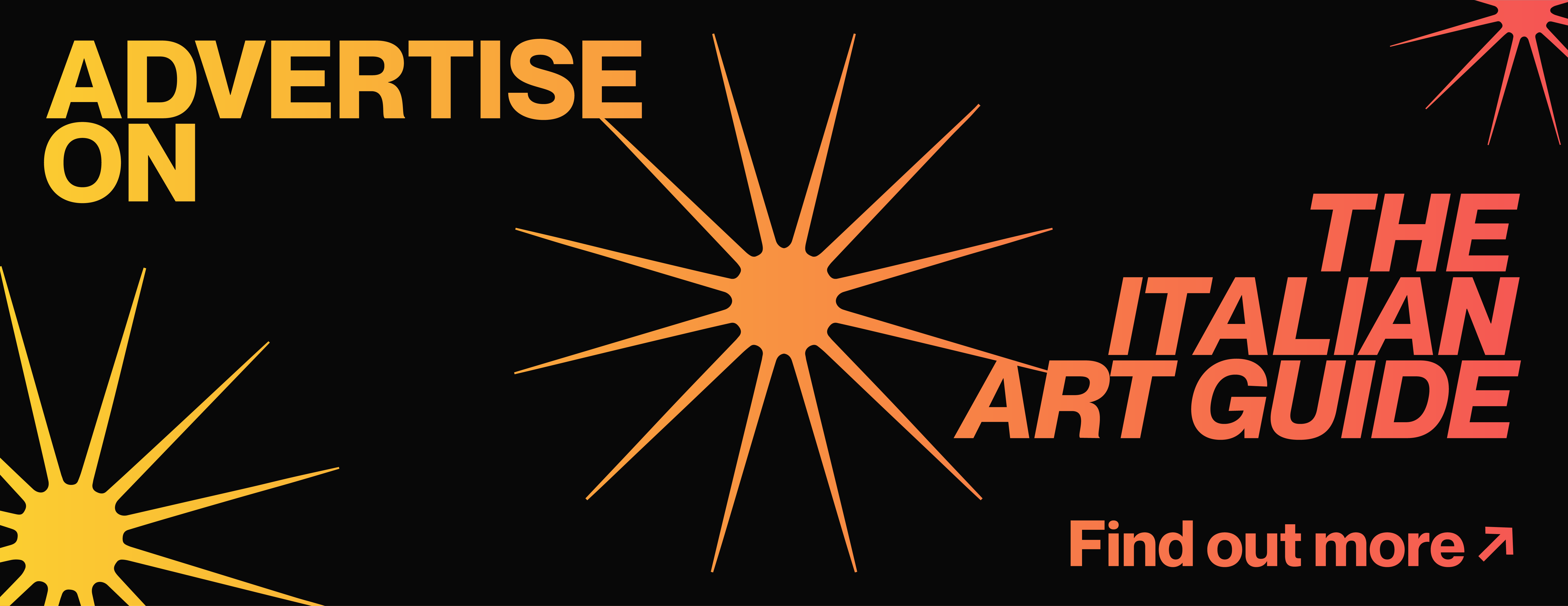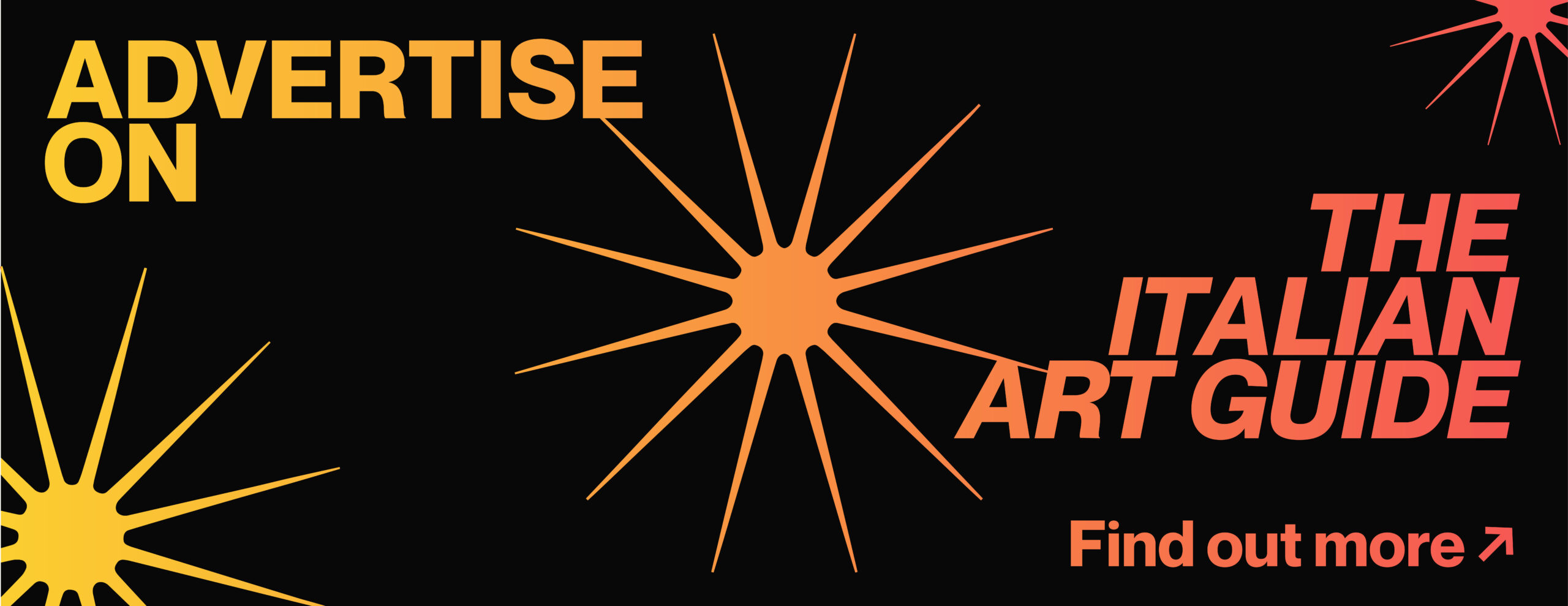Memories of Water, Memories of Air
International artists sing chants for the community in Venice.
Interview by Marianna Reggiani
Clicca qui per leggere questo articolo in italiano
Arts Territory brings an immersive project on contemporary emergencies to Venice. With the support of the Polish presidency of the Council of the European Union, the major exhibition curated by Kasia Sobucka arrives in the lagoon.
When it comes to resisting oppression, fighting for survival, and managing one’s resources, Venice has much to teach. The Arts Territory team understood it well. This British non-profit organisation had chosen the Venetian lagoon as the venue for the immersive project curated by Kasia Sobucka at Palazzo Contarini Polignac, one of the most important early Renaissance buildings.
“Memories of Water, Memories of Air” is a contemporary visual narrative that draws on a collective history of loss, resignation, rediscovery, and hope. In a city at risk of disappearing under unstoppable waters—often romanticised in its fragility by the media and those who should be proposing real solutions—a selection of international artists have used sound, movement, video, and performance to design new trajectories and new spaces for gathering and sharing. States of emergency, the exodus of migrants, contemporary loneliness, and collective sentiment intertwine in a dialogue that allows us to “provide space for mourning and illuminate our evolving relationship with the environment.”*
Monika Błaszczak, felicita, Karolina Łebek, Paweł Sakowicz, Konrad Smoleński, Rafał Zajko & Zoee, Gaetano Di Gregorio, and Fugaz offer the public their original interpretations of a precarious and controversial reality.
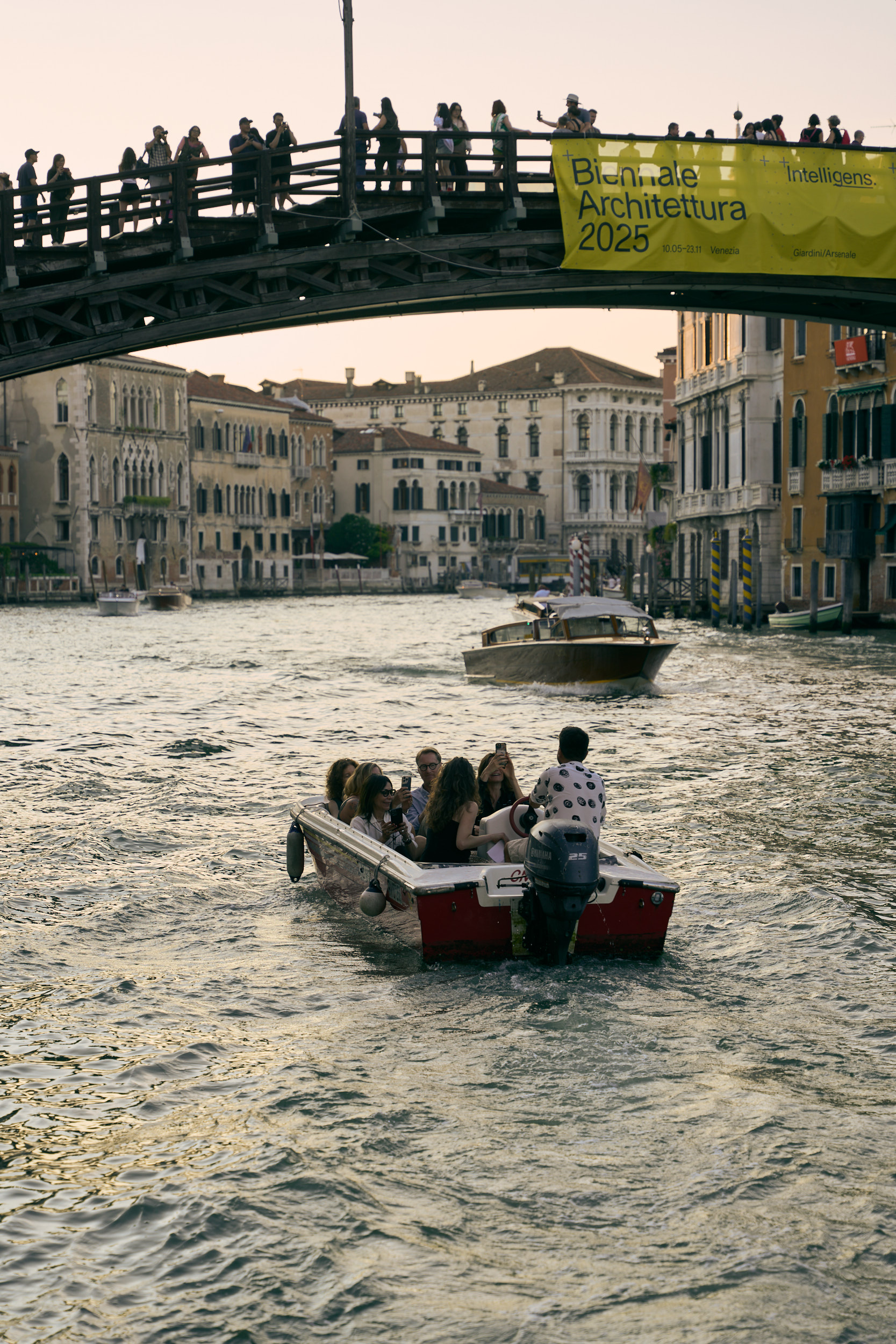
Marianna Reggiani: The dialogue with the city of Venice is evident from many perspectives: on the one hand, there is the symbol of water, a purifying yet extremely fragile element in this historical moment; on the other hand, the climate crisis that threatens Venice perhaps more than any other large Italian city. In this sense, Venice is forceful and combative—it remains vigilant and active in its search for alternatives—yet at the same time, it is weak and precarious. What was your mindset to approach this city for the exhibition?
Kasia Sobucka: Approaching Venice as a site for this project required sensitivity, humility, and an awareness of the city’s paradoxical nature—its grandeur and fragility, as well as its resistance and vulnerability. I felt it was essential not to impose a narrative on Venice but to engage in a dialogue—one rooted in listening and local presence.
From the beginning, my intention was to build a programme that resonates with the city—not only thematically but also relationally. I sought out local stories and practices, inviting artists who live in or are connected to Venice to become part of the programme. Their work brings crucial insight and a layer of lived knowledge, often invisible to visitors yet deeply embedded in the city’s fabric.
One of these stories is told by Gaetano Di Gregorio, whose durational project reflects the quiet, continuous labour of preservation in Venice. His work directly addresses the erosion of Venetian buildings by salt water. Gaetano has spent time walking through the city, collecting dust—remnants of eroded bricks—which he then reconstitutes into new bricks by adding clay. During the first day of the programme, he set up a simple workstation and continued this process in real time, transforming loss into regeneration.
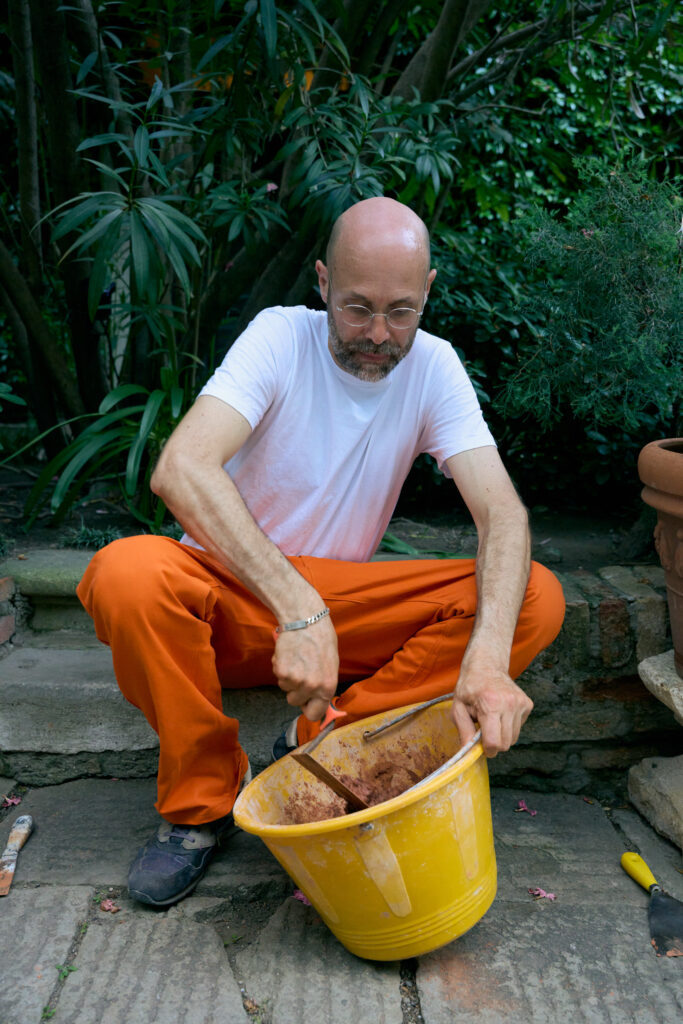
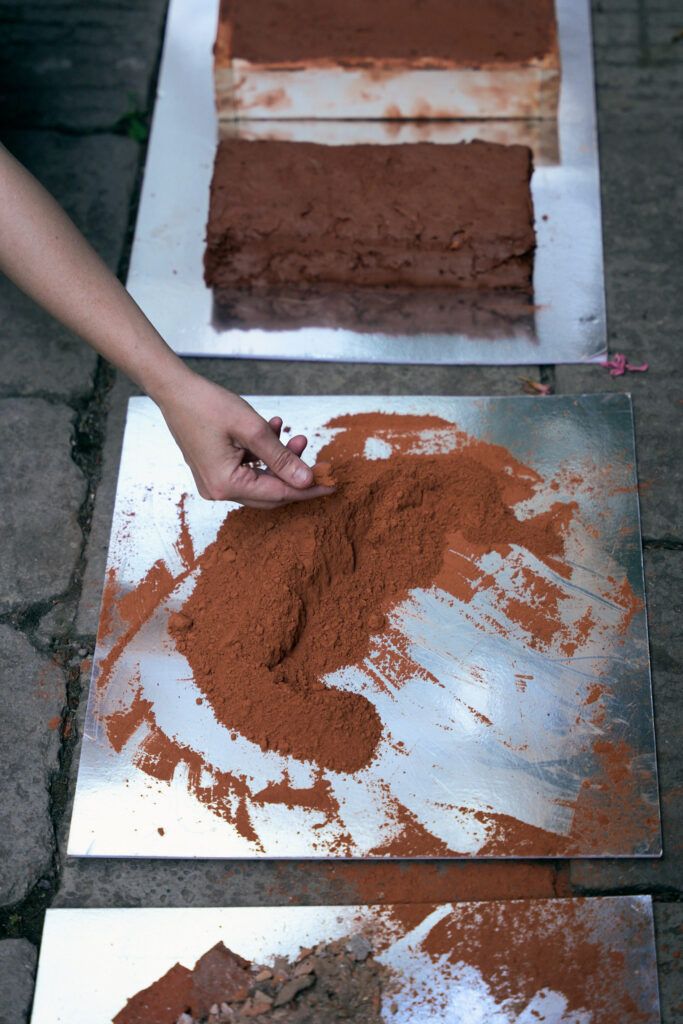
This gesture, almost meditative in nature, is deeply symbolic. Venice is a city constantly crumbling and being rebuilt—a living organism whose survival depends on ongoing care and maintenance. Gaetano’s act of making new bricks from the ruins, with traces of salt water still embedded in their substance, captures this beautifully. The memory of salt, of erosion and evaporation, is carried forward into something new. His project speaks to a culture of attention, of maintenance, of a kind of quiet resistance rooted in care—a Venetian cuci-scuci: the everyday rituals of repair that define life in this city.
This attentiveness continues in the work of the local Fugaz collective, who contributed a sensory, taste-based experience the following day. Their menu draws on local ingredients and the theme of water, creating a multi-sensory narrative rooted in the lagoon’s ecology. By engaging with taste and scent, their work expands the idea of ephemeral art into another register—one where memory and resilience are carried not only through sight and sound but through flavour, touch, and communal gathering.
In curating this programme, my mindset was not to treat Venice as a backdrop or metaphor but to understand it as a collaborator. Venice teaches us that resilience is not loud or grand. It is cumulative, built from small acts of attention and continuity. That is the spirit in which this project has been shaped.
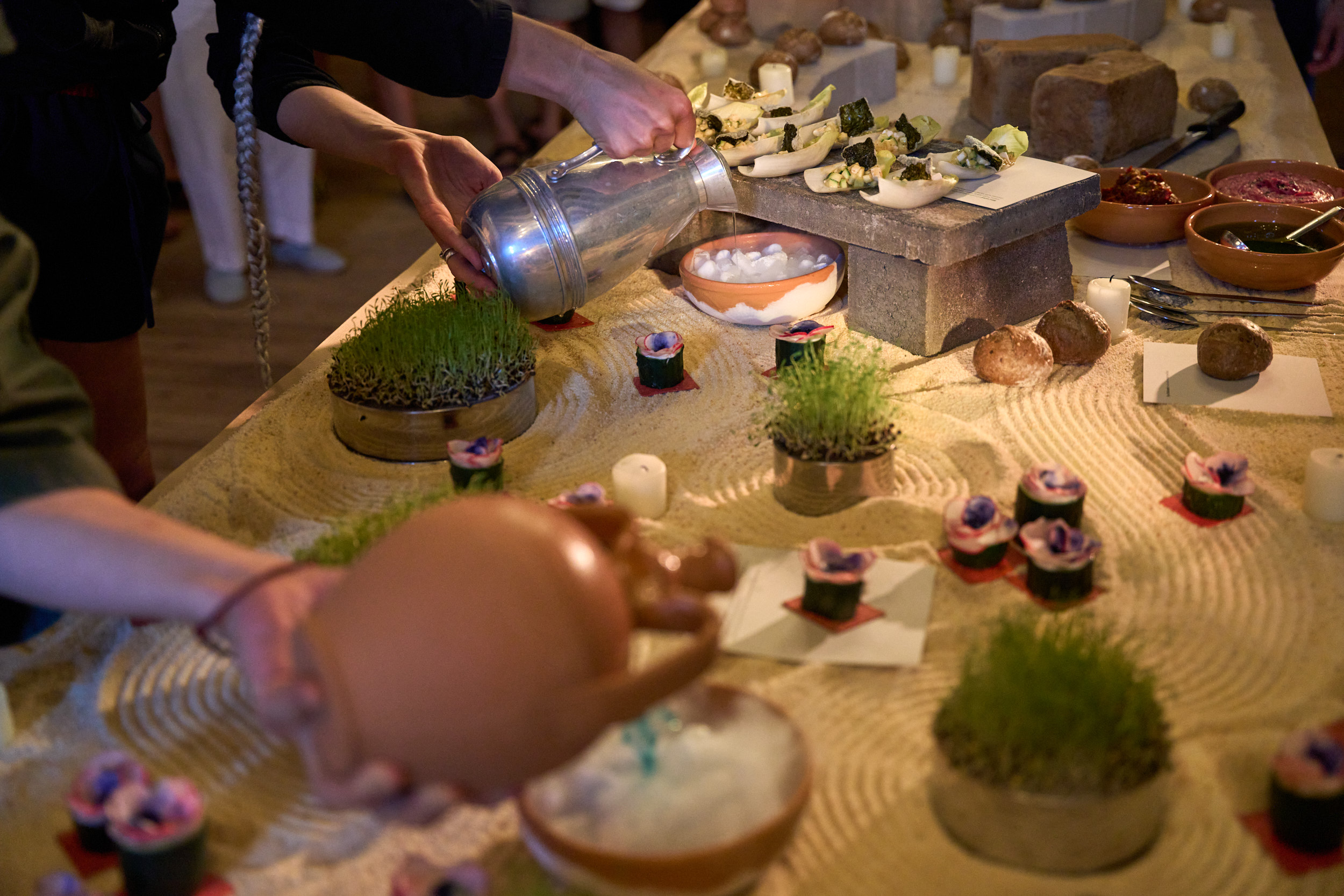
M.R.: The exhibition addresses themes of immense importance and complexity in contemporary society, ranging from the ecological crisis to the displacement of migrants and the reflection of our individual solitudes. Did you feel any form of responsibility to deal with topics that touch, to varying degrees and in different ways, so many people?
K.S.: When working with issues as deeply rooted and wide-reaching as ecological collapse, migration, and individual and collective grief, we must remember that these are not abstract concepts; they are lived realities that shape people’s lives, histories, and futures. As a curator and cultural practitioner, I believe our role is not only to present work but also to hold space—for complexity, grief, and reckoning. In curating Memories of Water, Memories of Air, I aimed to create a framework that would honour the subject with the sensitivity it deserves while also inviting audiences into a space of shared reflection.
I did not approach these themes with the intention of providing answers or solutions. Instead, my aim was to create a space in which to ask difficult, necessary questions—through the language of the ephemeral. In the face of ecological instability and social displacement, the fleeting, the intangible—the breath, the gesture, the sound—become potent vessels for remembering what has been lost and imagining what might still be reclaimed.
I was particularly moved by how ephemerality offers a way to explore not only the fragility of our environment but also the resilience embedded in cultural memory and ancestral knowledge. Rooted in the water rituals of Eastern Europe, particularly those of the Łemko minority, this project foregrounds voices and practices often excluded from dominant discourses on climate and migration. It offers another way of knowing—through the body, through ritual, through sensory experience.
This sense of responsibility also extended to how these themes were presented. I was careful to avoid spectacle or simplification. Instead, the programme was shaped with compassion, allowing each work to resonate within its own context and inviting audiences to bring their own histories and emotional landscapes to the encounter.
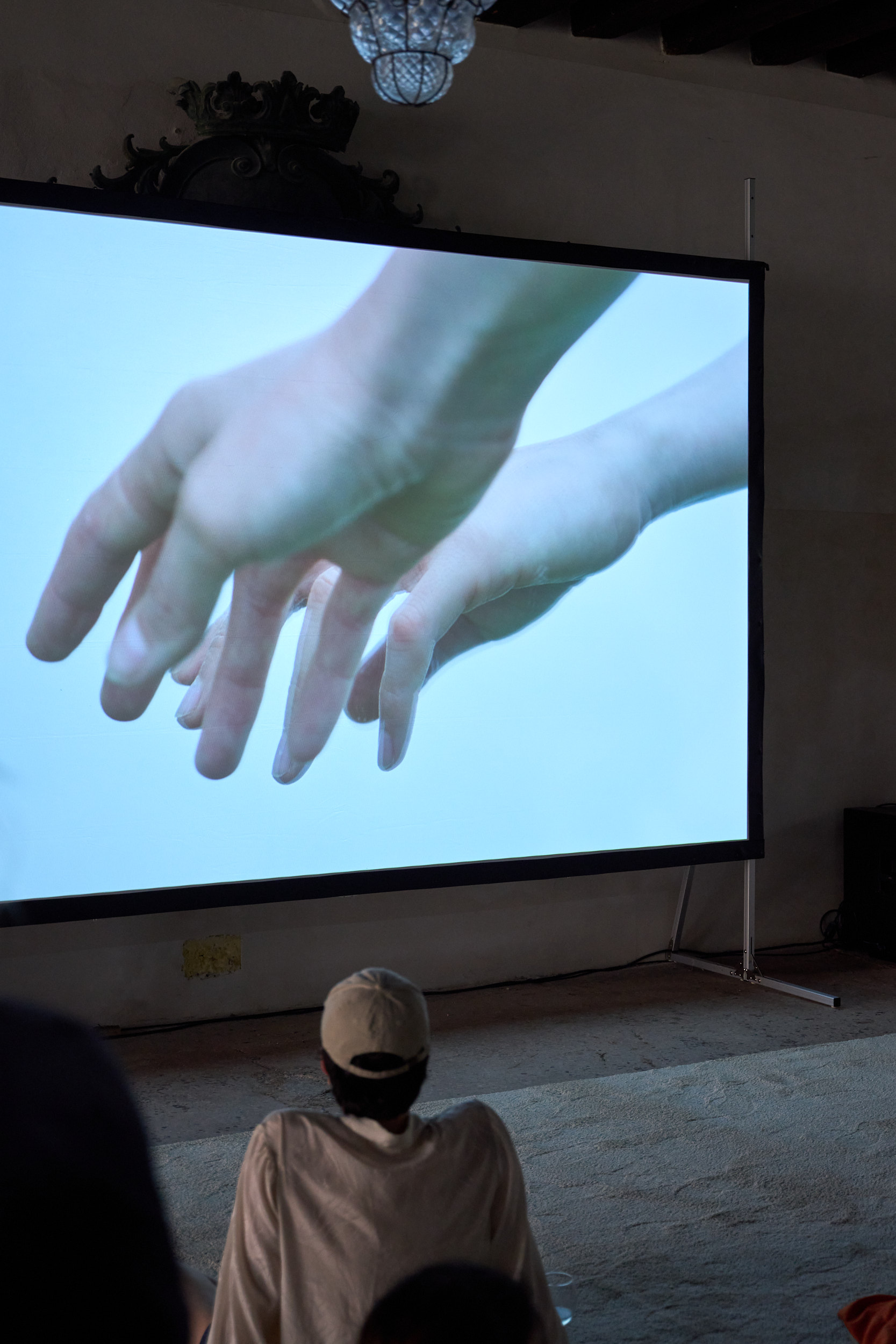
Memories of Water, Memories of Air was also planned as a living laboratory—a space for testing how art can hold space for transformation, remembering, and reimagining. In a time when the very elements that sustain us—air, water, land—are increasingly imperilled, I believe it is more important than ever to ask what role art can play in fostering remembrance and resilience.
Curating this programme required listening deeply—to the stories, the artists, the land, and the city of Venice itself. It meant holding contradictions—between beauty and loss, between celebration and mourning—and trusting that the ephemeral can be a source of profound connection.
M.R.: There is a specific question that the exhibition poses, as we read in the press release: “Can ephemeral arts create spaces of remembrance and resilience in times of crisis and instability?”. As a curator, what do you think makes ephemeral arts more inclined—compared, for instance, to figurative arts—to be able to respond to these collective struggles?
K.S.: I believe that ephemeral arts are uniquely equipped to respond to collective struggles precisely because of their impermanence. Unlike figurative or object-based arts, which often assert a fixed presence and authority, ephemeral practices invite a more fluid, embodied, and participatory relationship with the audience. They operate not through permanence but through presence.
Throughout history, culture has been transmitted not only through monuments and images but also through intangible practices—such as songs, stories, rituals, and shared gestures. These ephemeral forms have always played a central role in shaping identity and memory, especially within marginalized or diasporic communities, where official histories may exclude or erase certain voices. In this sense, ephemeral art aligns with deep cultural practices of resilience. It creates what I would call a porous, living membrane of remembrance—layered, sensory, and communal.
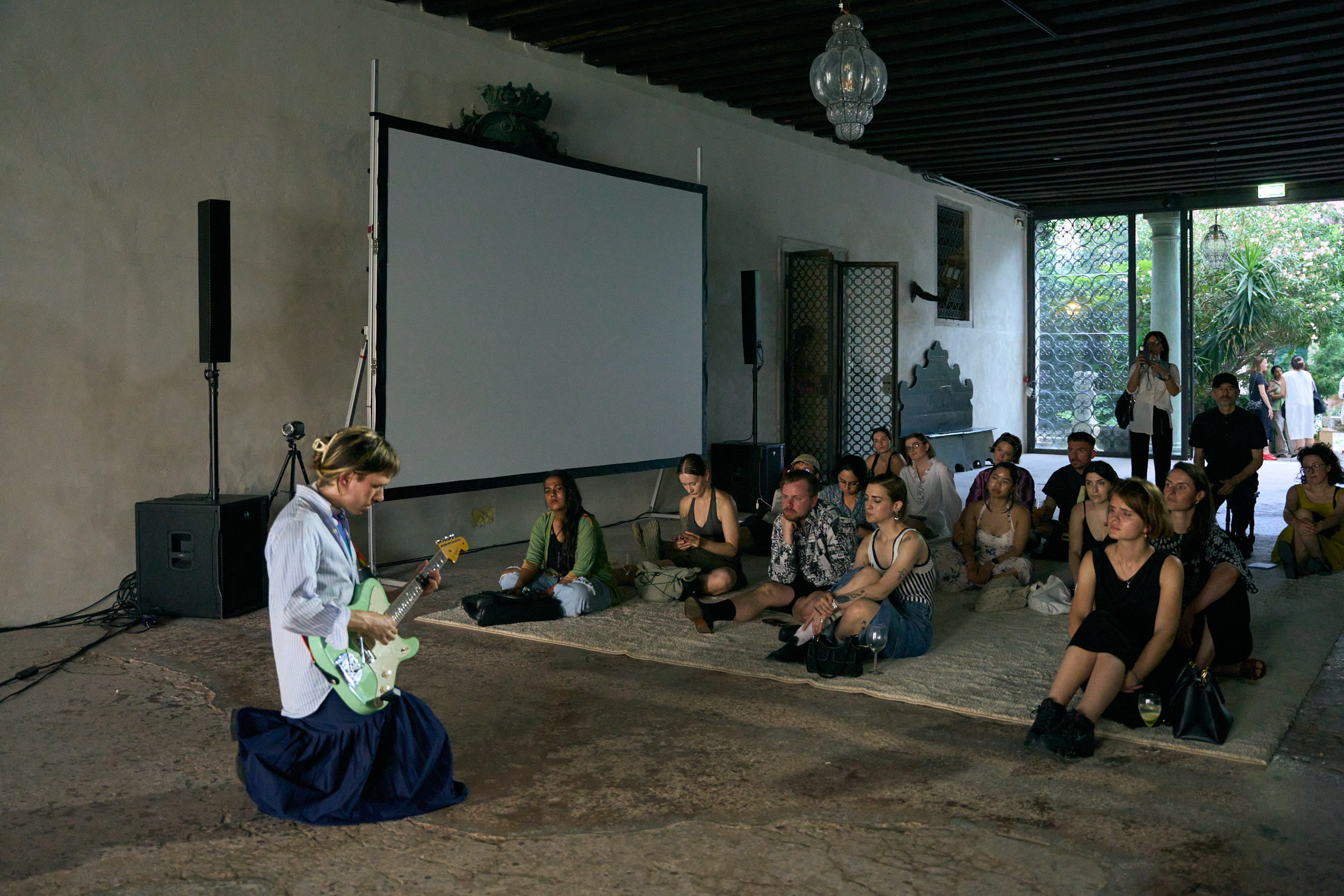
In curating this programme, I wanted to explore how ephemeral media such as sound, movement, taste, or touch could offer an alternative language of memory. These forms are powerful precisely because they engage multiple senses. Their transience makes them precious: they happen only once, in a specific moment, in a shared space. That fragility invites attention. It asks the audience to be present, to witness, and to hold space with others. The fleeting nature of such experiences paradoxically makes them enduring in the mind and body—etched in memory because they cannot be replayed in the same way.
There is also an ethics to ephemerality. It does not impose meaning but rather opens up space for interpretation. It allows each person to encounter the work on their terms, through their own embodied experience. In moments of instability—when established narratives collapse or feel insufficient—this openness can be incredibly powerful. It offers a model that doesn’t pretend to have all the answers but instead creates a space for feeling, remembering, and imagining together.
So, yes, I believe ephemeral arts can hold and even generate resilience—not despite their fragility, but because of it. Their ability to merge with the senses, to dissolve borders between artist and audience, private and collective, makes them an invaluable form of cultural and emotional witnessing.
M.R.: Some artists on display talk about their personal stories. For instance, in Karolina Łebek’s work Sanare (transl. To Heal,) the artist explores her personal memories, generational trauma, and her family’s story. At the same time, her work refers to an event from collective history, the deportation of the population of the ethnic minority of Łemko, culminating in Operation Vistula (1947). Did you find it challenging to navigate between these two dimensions —the private and the collective? Did these parallel perspectives on which her story was based influence your dialogue with the artist?
K.S.: Working with Karolina Łebek on Sanare has been a profoundly enriching experience. This work was originally commissioned by Arts Territory as part of The Illusion of Return, a project I curated several years ago. The project itself emerged in response to the post-Brexit climate in the UK, particularly the hostile slogan “Go back home,” which had become a symbolic marker of exclusion. In response, I invited artists who had chosen to make the UK their home to engage with the idea of return—as both a literal journey and a confrontation with the inherited narratives, myths, and often complicated emotional landscapes of their homelands.
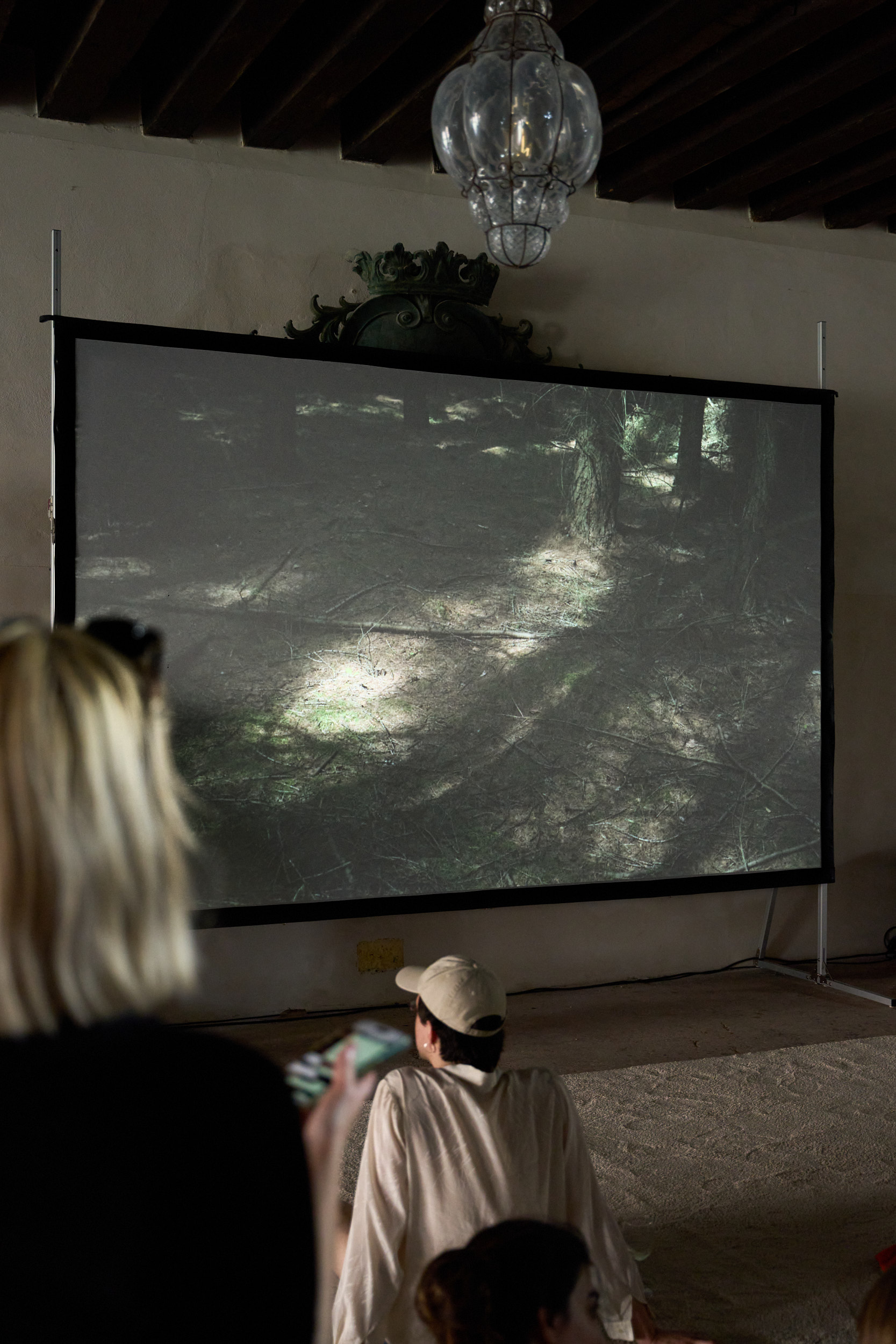
Karolina was one of the artists who ‘returned’ home for a short residency. Her approach, grounded in personal memory and her family’s lived experiences, opened a vital space within this project. Sanare delicately navigates between the intimate terrain of generational trauma and a broader, often overlooked collective history: the forced displacement of the Łemko population during Operation Vistula in 1947. Moving between these two dimensions—the private and the collective—did not feel difficult; it felt necessary. In Karolina’s work, the personal is never self-indulgent; it serves as a conduit through which she breaks the historical silence and through which a forgotten collective memory can be reactivated and rehumanized. This project was a learning opportunity for me. Growing up in Poland, I was never fully aware of the diverse ethnic and cultural composition of the country—minority communities such as the Łemkos were rendered invisible in dominant national narratives. It is through projects like Sanare that I’ve begun to understand how complex, diverse, and layered the Polish social fabric truly is. The story of Operation Vistula is not only a chapter in history—it is an ongoing experience of exile, rejection, and identity reconstruction that continues to shape communities and individuals to this day.
The artist best answers the question of how this history explicitly influences her artistic vocabulary. However, from a curatorial perspective, I can say that her ability to convey both personal pain and collective trauma in a single gesture creates a powerful dialogue—not only between the artist and the audience but also between the past and the present, visibility and erasure. It shaped our conversations profoundly, and it reaffirmed for me how essential it is to make space for these nuanced, multi-layered narratives in contemporary art.
M.R.: In Konrad Smoleński’s Waiting Room, the artist incorporated the photographs of the artist Shamal Husamalddin Hassan, who documented the families of Kurdish migrants who disappeared on their way to Europe.
The second part of the work is an installation composed of mobile phones containing fragments of the missing persons’ stories (images, text messages, and media excerpts).
Lastly, we can see the video work recorded during the artist’s two-week visit to the towns in Kurdistan from which the majority of migrants had attempted to reach Europe—the video features, among other things, atmospheric views from within a boat drifting on open water.
So, Konrad Smoleński addresses the challenging theme of migration in a way that seems far from the romanticisation that often creates further distance and hinders in-depth investigation of the theme.
Has there been any specific attention put into the creation and arrangement of this work to avoid the risk of romanticisation?
K.S.: From the very beginning, working with Konrad to present Waiting Room, we understood that this is not a closed historical narrative but a living, ongoing trauma that continues to shape families and communities. These are not abstract themes but lived experiences that carry deep emotional and political weight. Our responsibility was to hold space for that complexity without flattening it into spectacle or sentimentality.
The project as a whole asks how ephemeral forms—gesture, movement, sound—can become vessels for memory, connection, and care. In Waiting Room, that question becomes especially charged. It is a work shaped by absence, by silence, by the traces left behind. Rather than imposing interpretation or emotional direction, we aimed to create a space in which viewers could engage with these stories on their terms.
The collaboration between Konrad Smoleński and Shamal Husamalddin Hassan was key to grounding the work in ethical representation. Shamal is a Kurdish artist who has been documenting the families of those who disappeared on their way to Europe, seeking a better, imagined life. They are mainly from the city of Rania in Iraqi Kurdistan, a region from which an increasing number of young people emigrate every year.
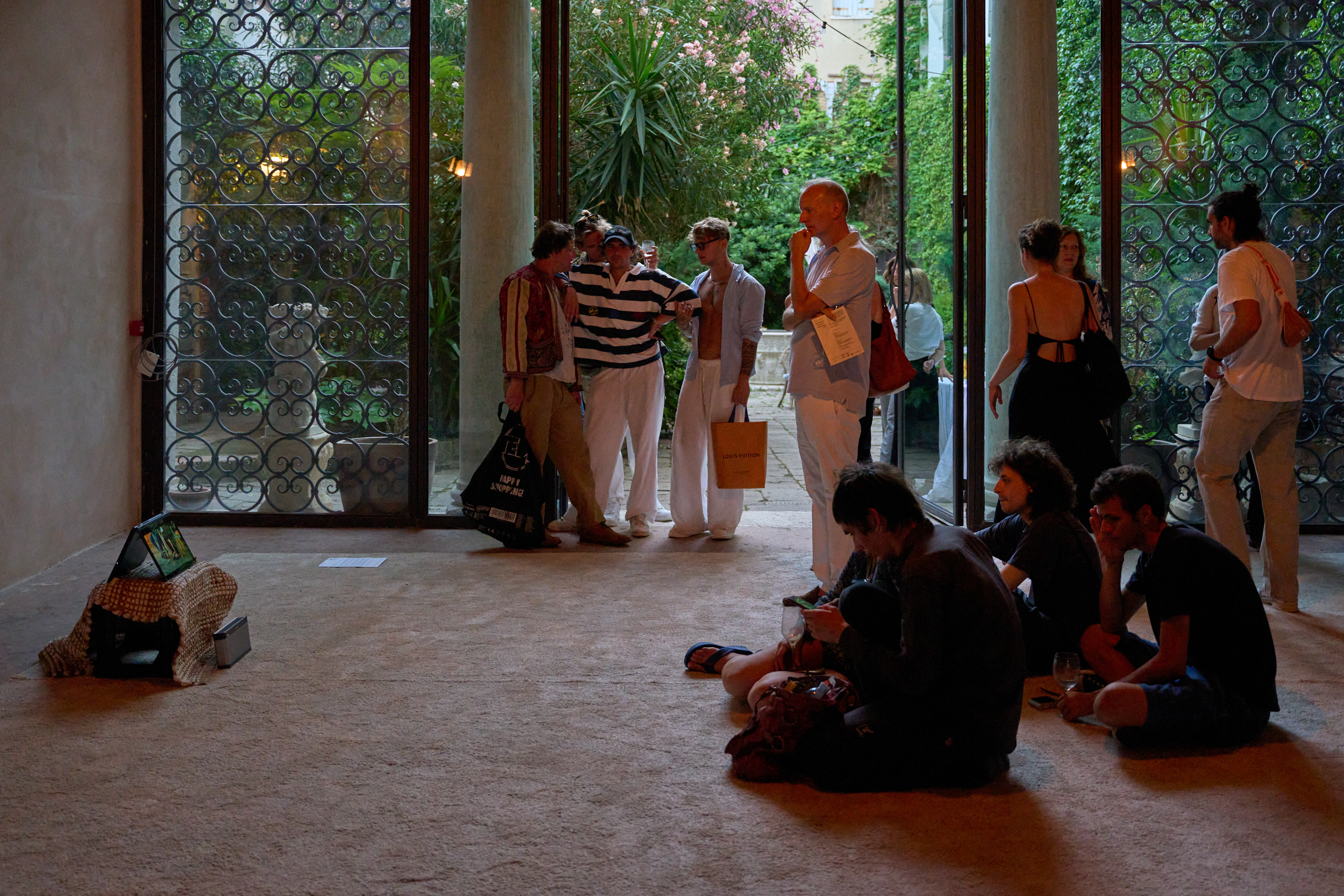
Shamal’s work is grounded in years of quiet dedication to his community. Konrad’s film was created during the development of the joint exhibition, which took place over a two-week visit to Kurdistan. The film complements Shamal’s work with a poetic, ephemeral visual language that invites emotional engagement without claiming authority. It’s a careful balancing act rooted in ethical attention to how these stories are told.
Ultimately, the goal was to create a space where viewers could engage with these stories on their terms. We didn’t want to dictate how people should feel or offer easy answers. Instead, we tried to honour the complexity and dignity of those whose stories we are telling and to invite reflection. In the end, how deeply someone connects with the work is a personal choice—but the space was shaped with great care to allow for that connection. We hoped the experience would foster a more honest and human understanding of migration and loss, should the viewer wish to engage with it.
This was powerfully felt in Venice, where the video was shown from within a small boat drifting on the water—an experience developed with Hamed Hamadi, who has himself lived through migration, arriving in Venice from Afghanistan. The beauty of the Venetian lagoon, the warmth of the light, and the rocking of the boat—these elements created a striking tension with the content of the work. That clash—between serenity and sorrow, between Venice and the quiet violence of disappearance—left many in the audience visibly shaken.
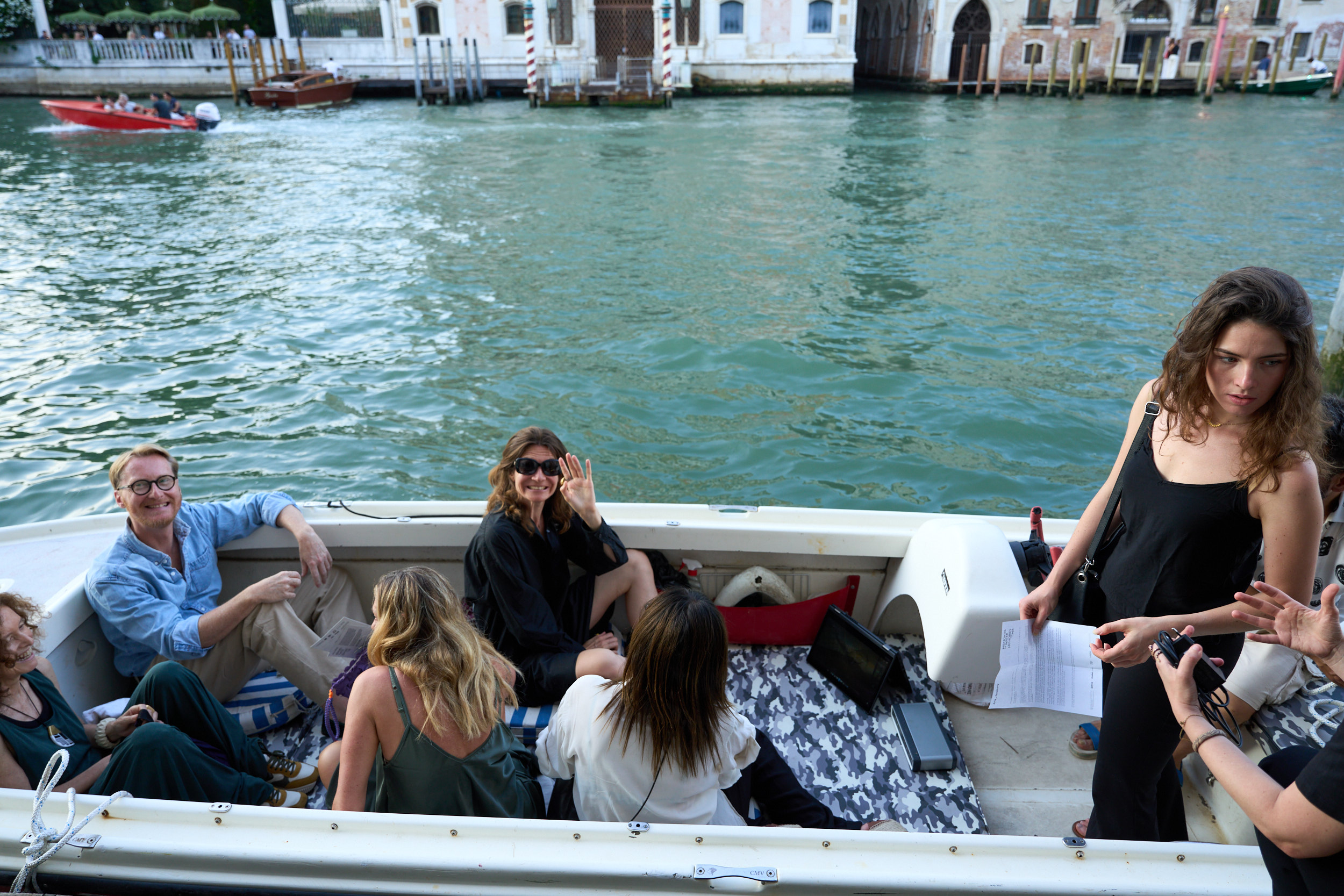
I hope that the setting didn’t dilute the work’s message—it deepened it. The sea, both as a historical route of migration and a site of countless disappearances, became part of the experience. This physical, sensory, and embodied dimension allowed the audience to connect with the work in a way that was deeply personal and, for many, profoundly emotional. We did not ask the audience what to feel—we invited them to sit with what cannot be fully known or resolved. And in that invitation, we hoped to honour the dignity of those whose stories we are still learning how to carry.
M.R.: What I find really interesting is the doubleness of the project, described as “both a lamentation and a call to action”, so there is pain but also hope that something can still change. Sometimes, the lament, unlike the protest, can lead to a distinct type of emotional involvement—more profound and more heartfelt—that touches the deeper parts of us, which are otherwise hidden by anger and resentment. Therefore, I wonder to what extent these emotions are present in this project and whether they contrast with each other or coexist.
K.S.: Thank you for such a thoughtful and perceptive question. The doubleness you refer to—the project as both a lament and a call to action—is indeed at the very heart of Memories of Water, Memories of Air. From its earliest conception, I sought to explore that emotional terrain where mourning and hope do not negate one another but coexist. In fact, I believe they must coexist if we are to respond meaningfully to the layered crises we face—ecological, social, and existential.
Lamentation, as you suggest, offers a depth of emotional engagement that is often missing from more direct forms of protest. It allows space for grief, vulnerability, and slowness—qualities that are rarely afforded in the urgency of activism or the noise of public discourse. In this project, we deliberately invited those emotions in. We created a space where fragility could be honoured and where artists could respond not only intellectually but somatically and spiritually to themes of loss, displacement, and ecological uncertainty.
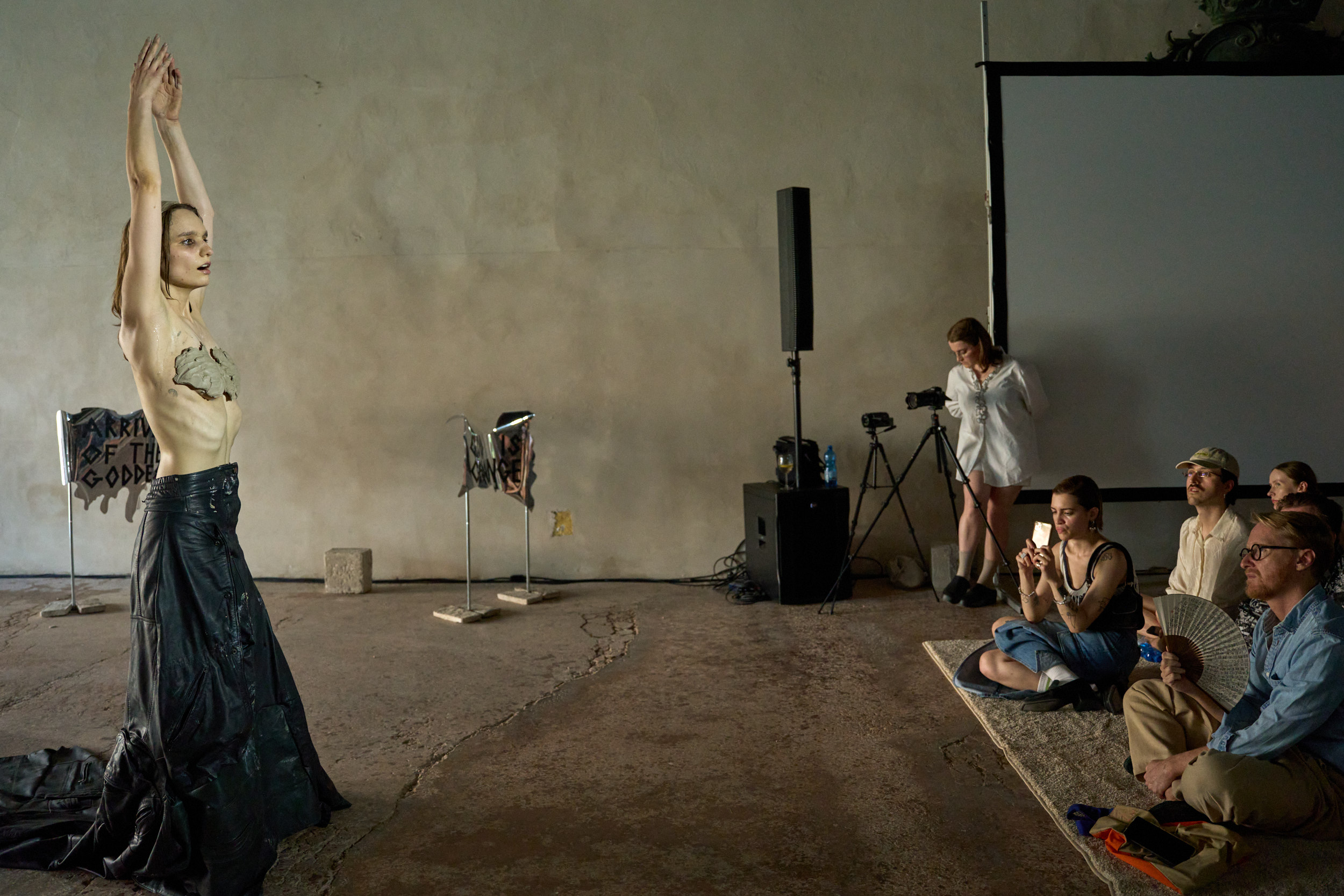
At the same time, I believe lamentation is not a passive act. It is not a resignation. It can be deeply generative. Many of the works in the programme—whether through gesture, sound, or ritual—are anchored in ancestral practices of mourning that also carry within them the seeds of resilience. For instance, Karolina Łebek’s work, rooted in personal and generational trauma, becomes an act of healing, not only for herself but for her community. Konrad Smoleński offers no easy conclusions but invites a quiet, enduring form of empathy. Gaetano di Gregorio’s brick-making process, which utilises the dust of eroded Venetian architecture, transforms decay into potential —a material metaphor for renewal.
To return to your question, I believe lament and hope do not stand in contrast here. They are not opposites to be reconciled but rather interwoven emotional currents that inform one another. The act of mourning what is lost—be it culture, home, or clean water—is also a way of reaffirming its value, of insisting on its preservation. In that sense, lament becomes a political act, but one grounded in care rather than confrontation.
This project aims to offer a space where viewers can engage with these emotional contradictions and perhaps begin to navigate their way through them. It asks: what does it mean to remember together, to grieve collectively, and still imagine a different future? It’s in this interplay—between mourning and meaning-making, fragility and resistance—that I believe Memories of Water, Memories of Air finds its most honest and affecting voice.
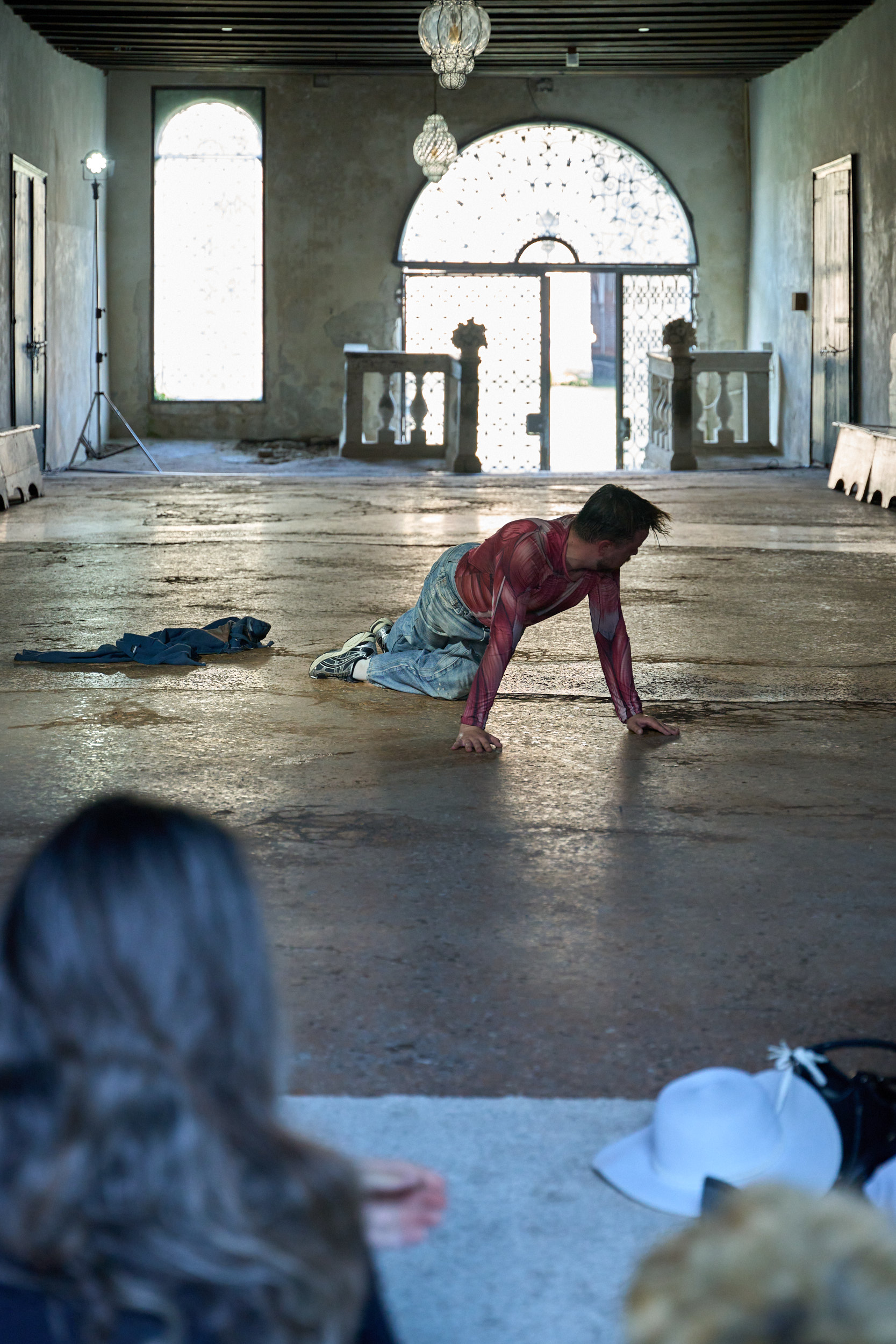
*excerpt from the press release
Edited in English by Dobroslawa Nowak
Memories of Water, Memories of Air
Monika Błaszczak, felicita, Karolina Łebek, Paweł Sakowicz, Konrad Smoleński, and Rafał Zajko & Zoee
Curated by Kasia Sobucka
Organized by Arts Territory and Ditto Foundation
Supported by Polish Institute in Rome
Co-financed by the Minister of Culture and National Heritage of the Republic of Poland from the Culture Promotion Fund
Cultural event of the Polish presidency of the Council of the EU
Palazzo Contarini Polignac, Dorsoduro, 874, 30123, Venice
27-28.06.2025



